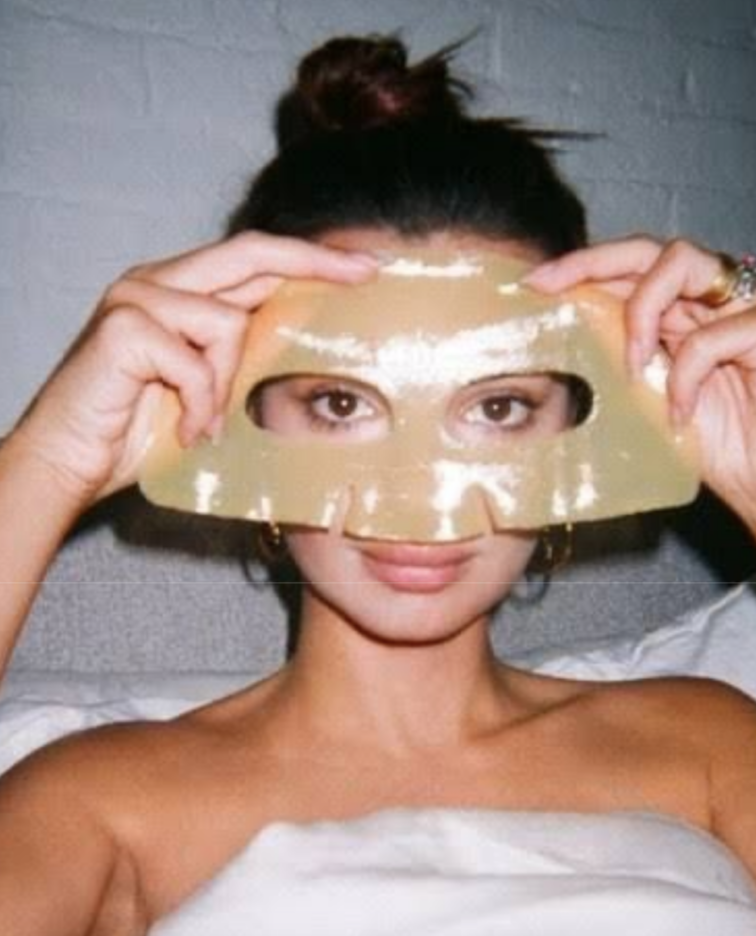



Apparently, mewing is a word that people use pretty often. And it’s not to describe a sound that’s coming out of a cat’s mouth. Bizarre? Yes. But aren’t you interested? Yes and yes. So what is mewing? A hot topic around the internet, for one.
But as for the textbook definition of mewing, it’s a type of facial exercise. The main technique (there are a few of them) involves placing your tongue over your entire upper palate while keeping your lips closed, and your front bottom teeth just behind the back of your front upper teeth without touching. The person can also tuck their chin to engage the back half of the palate and/or while making the ng sound. The technique, developed by London orthodontist Dr. Mike Mew (hence the name), stems from the principles of orthotropics, and promises to sculpt your jaw and improve facial structure.
So does it work? Will we have a chiseled Angeline Jolie-esque jawline that will slice into the souls of passersby? The jury is still out. Which is why, before we can start scheduling in daily mewing practice, we need to dive into why there’s such a back and forth on whether mewing works.
So what’s the TLDR? The orthodontics community philosophy is that straight teeth make for an aligned face, while the orthotropics community believes an aligned face creates straight teeth. Which brings us back to: mewing. Unlike orthodontics’ go-to method of using braces to move the teeth into alignment, mewing is based on orthotropics therapy to encourage upper jaw expansion and horizontal growth of both jaws — all to develop better facial features, wider airways, and more room for teeth.
One of orthotropics’ goals is to achieve the perfect oral resting posture. “What’s that,” all of the perfectionists in the room asked. It’s simple — your mouth is closed, your teeth are closed, and your tongue rests gently on the top of your mouth. Sound familiar? Yep, it’s essentially the starting point for mewing. The idea is that if your tongue sits on the top of your mouth, it will force the top jaw to widen, prompting the jaws to strengthen and grow forward — which, in turn, creates a better looking face, and oh my god, sign us up?
However, there is research that supports that facial development is influenced by tongue posture. Which can lead many to argue that changing how you breathe (mouth breathing vs. nose breathing) can, over time, change your facial appearance. (Do you see now why there’s such a debate?)
So does all of this support social media’s obsession with mewing changing the shape of our jawlines? According to the scientific and orthodontics community, it’s not likely. But then again, it couldn’t really hurt to try, especially if you are a mouth breather (because breathing through your nose has a whole host of benefits). Are we trying it? Maybe. Are we banking on this giving us a Jennifer Garner chiseled jawline? It’s unlikely — so we might be better off with practicing gratitude for the jawline we do have.